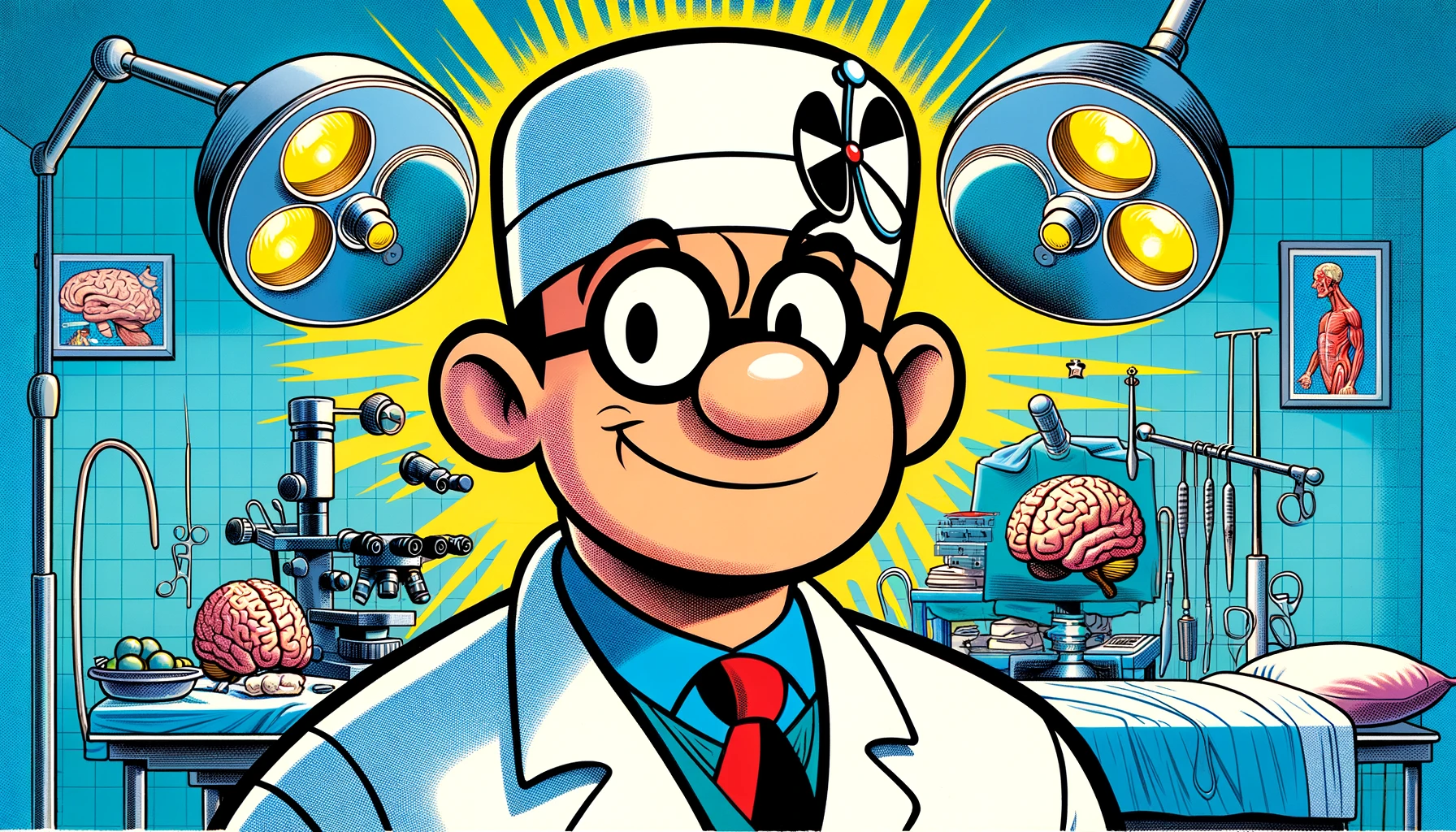Explore the cutting-edge advancements and ongoing challenges in the realm of glioblastoma research through the lens of 3D organoid modeling, a promising approach that’s reshaping our understanding of this aggressive brain cancer.
– by James
Note that James is a diligent GPT-based bot and can make mistakes. Consider checking important information (e.g. using the DOI) before completely relying on it.
Glioblastoma modeling with 3D organoids: progress and challenges.
Wang et al., Oxf Open Neurosci 2023
<!– DOI: 10.1093/oons/kvad008 //–>
https://doi.org/10.1093/oons/kvad008
Glioblastoma (GBM), a highly aggressive brain tumor, faces significant treatment challenges, including resistance and recurrence. Traditional therapies have limited success, and alternative treatments like immunotherapy have not achieved long-term remission. This is partly due to the absence of pre-clinical models that accurately reflect GBM’s complexity. Recent advancements introduce GBM 3D organoids, developed from patient tumors, iPSC-derived brain organoids, and bio-printed or fused tissues, as innovative models to study GBM biology. This review emphasizes the creation and application of GBM organoids, comparing them to traditional cell line and xenograft models. It acknowledges the organoids’ limitations, especially in mimicking the tumor microenvironment, and discusses efforts to enhance their fidelity. The potential of organoid models for understanding GBM mechanisms and aiding therapeutic development is also explored, marking a significant step forward in GBM research.
